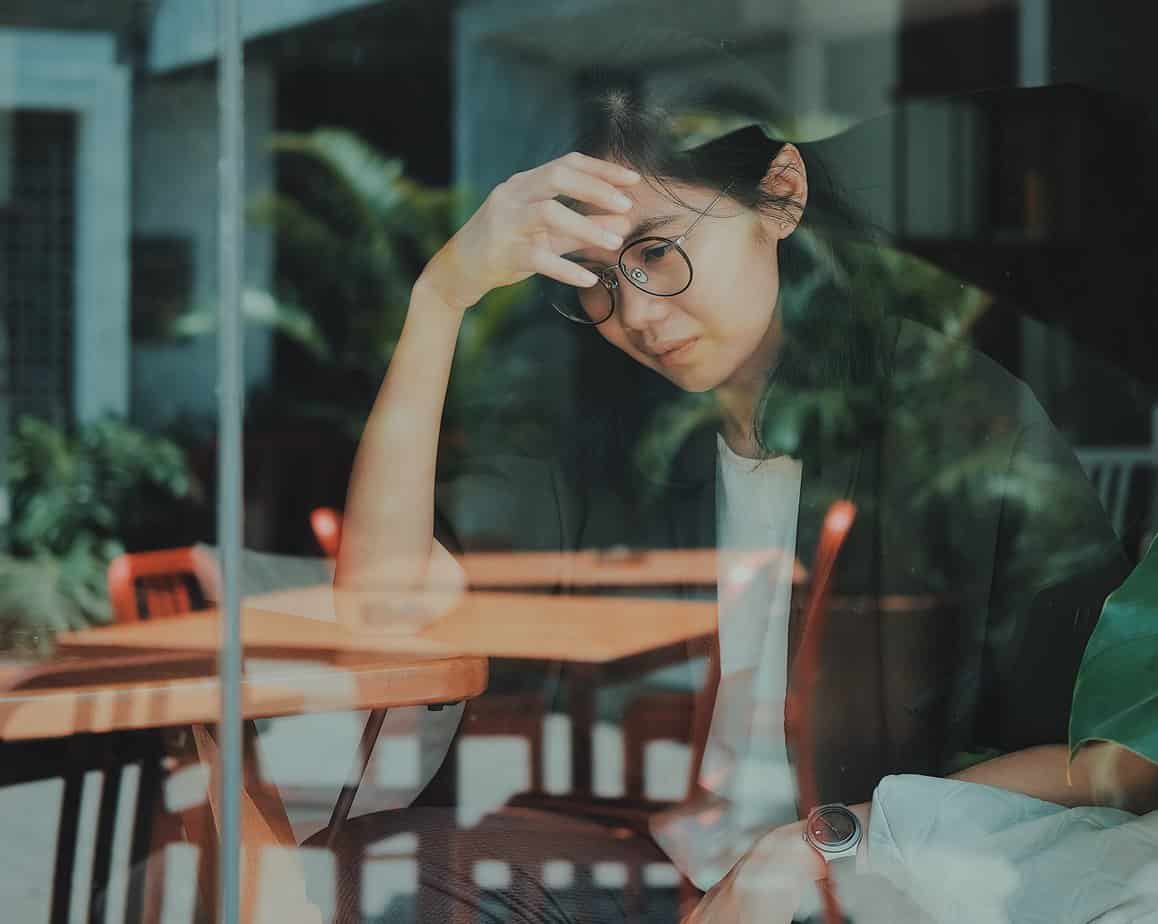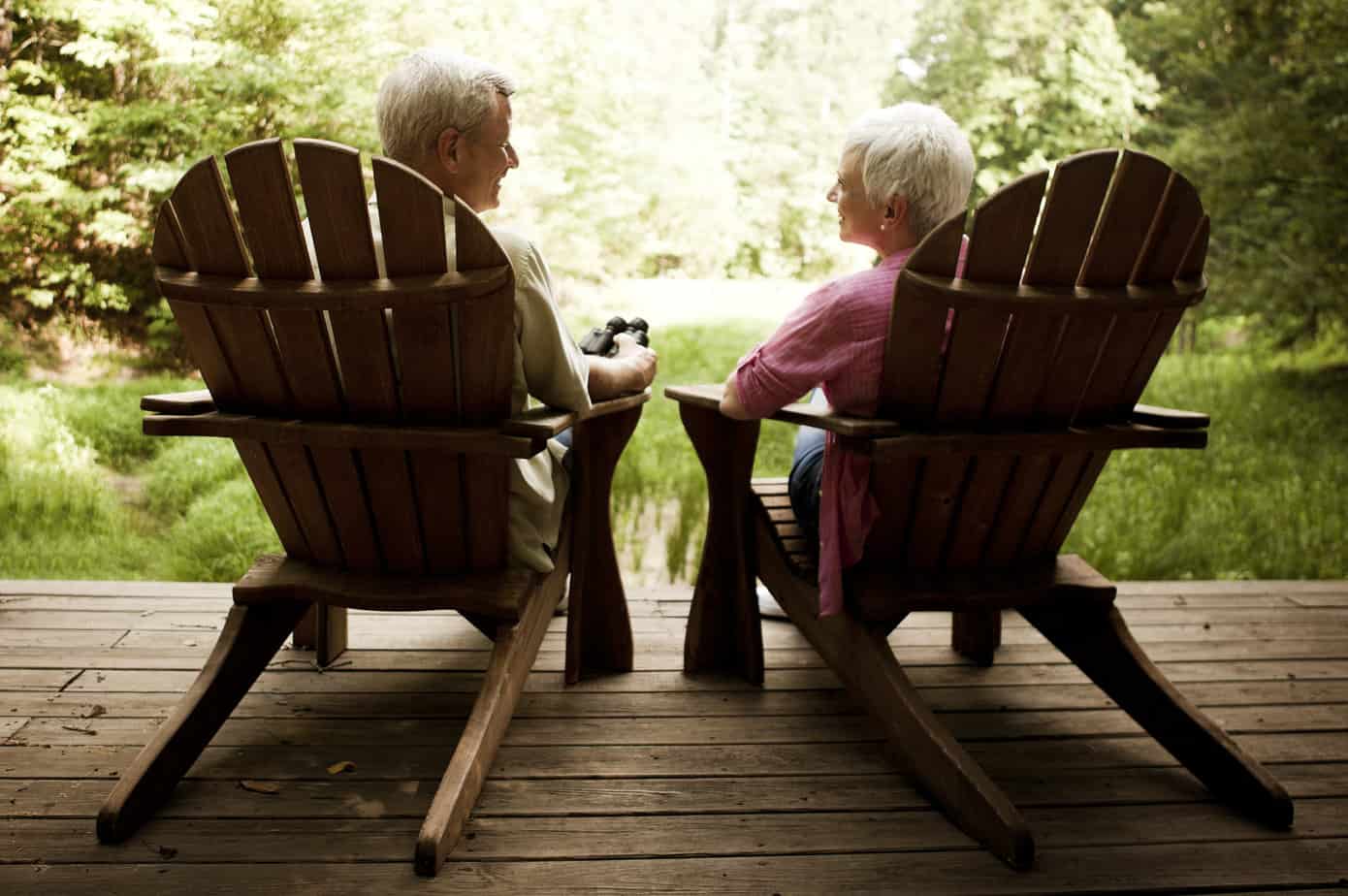For many, the arrival of winter means cuddling up on the couch with a cup of hot chocolate and a good movie, but for others, gloomy days and longer nights can spark feelings of sadness, anxiety, and despair. In fact, 10 million Americans suffer from Seasonal Affective Disorder (SAD), a type of depression that occurs during specific times of the year ⎼ most commonly in the fall and winter. Often referred to as the “winter blues,” these feelings of depression can deeply impact an individual’s life. Fortunately, there are tips and strategies to help you effectively manage the emotional challenges that accompany it.
What is SAD and Why Does it Happen?
The “winter blues” is used to describe a feeling of mild depression, sadness, or an overall decrease in mood and energy during the fall and winter months. The main cause of seasonal affective disorder is diminished exposure to sunlight. Natural light affects the amount of serotonin — neurotransmitters in the brain that regulate mood — in a person’s body and lack of it can cause a person’s levels to plummet, ultimately leading to depression.
“When it is cold, rainy, and dark outside, we tend to want to curl up under a blanket and watch TV,” says Jana Wu, Director of Cultural Integration. “It’s normal for these seasonal changes to slow us down, make us feel sluggish, and discourage us from getting regular exercise.” If you are feeling blue, then you may also not have the urge to reach out to loved ones, especially if you are spending a lot of time in your home enjoying the warmth.
Common seasonal affective disorder symptoms may include:
- Low amount of energy
- Feelings of sadness
- Need for more sleep
- Difficulty concentrating
- More feelings of stress and anxiety
- Crave carb-rich foods and find yourself over-indulging
- Loss of interest in hobbies
- Desire to be less social
When a person suffers from depressive disorders such as SAD, the compounding feelings of numbness, isolation, and lack of sleep can lead them to self-medicate to relieve some of the symptoms temporarily. For a person in recovery, self-medication coupled with depression can lead to a possible relapse. Other individuals in recovery may blame their sorrow on being sober. They will start to idealize how their addiction once made them feel happy and begin using again.
How to Reduce Seasonal Depression Symptoms
It is important that once a person in recovery recognizes that they are suffering from SAD, they start treating it with safe and healthy ways. The first order of business is the check in with a physician, psychiatrist, or therapist to ensure that there aren’t other issues causing depression. If there aren’t other issues, then SAD can be addressed at home.
Some effective methods for relieving the symptoms of SAD include:
1. Chase the Light
Try to spend as much time outdoors as possible. However, if you live in a particularly cold state, this can be challenging. So, be sure to keep your curtains open to let light in and consider purchasing a light therapy box. These lamps mimic the sunlight that your body is craving, triggering the production of serotonin in your brain. According to research by Harvard Medical School, for some, light therapy boxes can be just as effective as antidepressant medications when it comes to treating seasonal affective disorder. Individuals suffering from depression just have to sit in front of a lightbox for 30 to 60 minutes a day to help alleviate their symptoms.
2. Meditation
Practicing mindfulness meditation has been proven to relieve symptoms of depression. Some healthcare professionals even consider it as an alternative to long-term antidepressant medication.
3. Eat Mindfully
What you eat not only affects how you feel physically, but also mentally. Be mindful of what you are eating and how much you are eating. Avoid simple sugars and refined carbohydrates, as they can increase feelings of depression and make you feel lethargic. Instead, consume complex carbs such as whole grains — which boost serotonin levels — and protein-rich foods, which help give you energy. Staying hydrated, eating berries, and consuming vitamin B rich foods can also help promote mental health.
4. Essential Oils
Essential oils can have profound physiological and psychological effects, especially on endorphins, hormones, and enzymes that promote physical and mental well-being. They have even been shown to have the effect of an antidepressant on depressive disorders.
5. Move Your Body
If you are struggling with the winter blues, you probably don’t have the energy or desire to leave the comfort of your house and go to the gym, but studies show that just 30 minutes of exercise a day can significantly reduce depression. If you can’t get yourself to the gym, bundle up and take a short walk around your neighborhood, or do a simple at-home workout.
6. Ask for Help
There is a misconception that SAD is less severe than depression, but SAD is a form of depression and can pose serious risks, including suicidal ideation, if left untreated. If you believe that you are experiencing SAD, confide in a loved one or reach out to a professional. Being able to openly discuss your feelings can make a real difference. And if necessary, a professional can prescribe you medications to help manage your symptoms.
No one should have to sludge through the cold months. If the above suggestions do not work, individuals should reach out to their doctor or therapist for additional SAD treatment recommendations. A healthcare professional will be able to provide methods for relieving the symptoms of SAD and help the individual get back to a healthy recovery.
If you or a loved one is struggling with addiction, Mountainside can help.
Click here or call (888) 833-4676 to speak with one of our addiction treatment experts.

 By
By 







